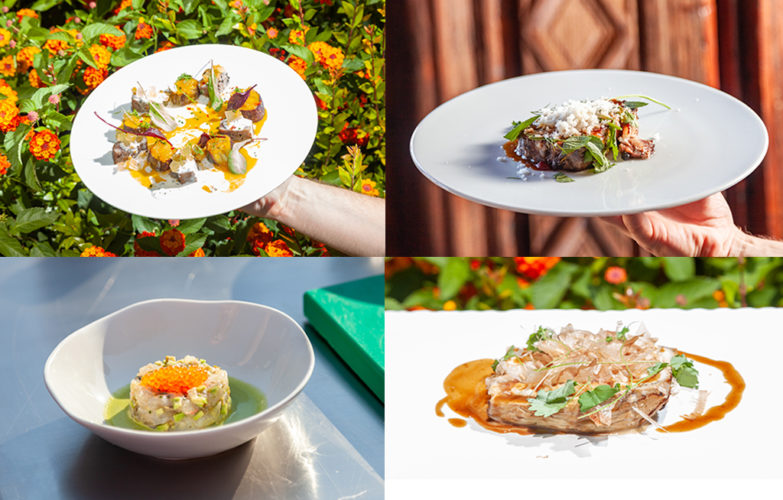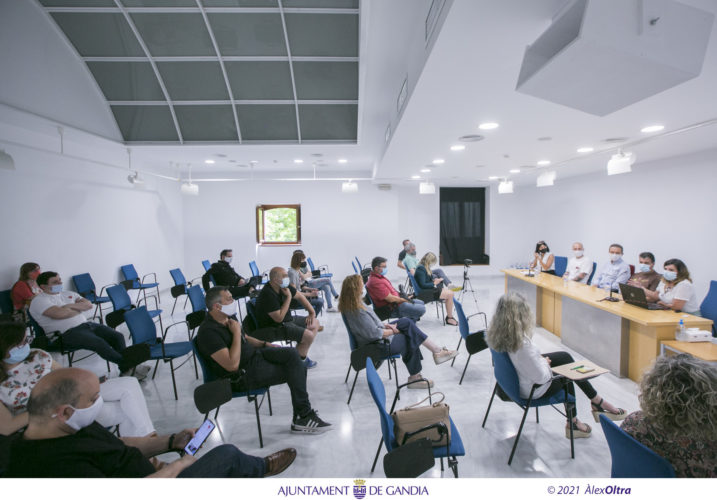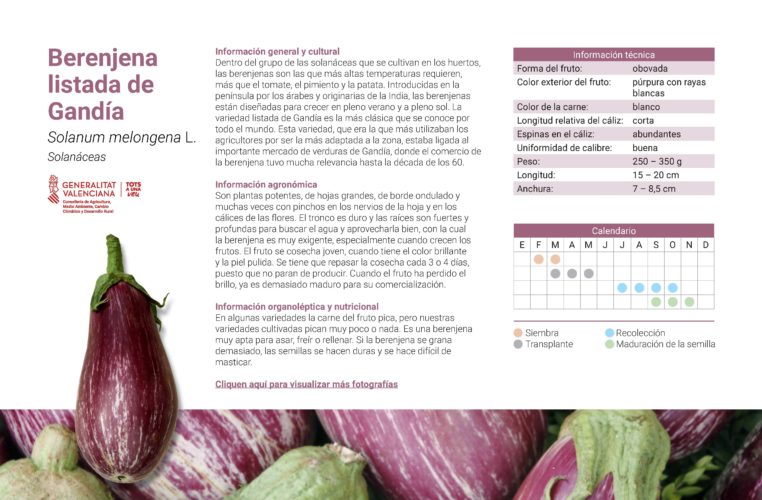In the same way that society has changed over time, so has the tourism sector, which has transitioned from mass-scale sun-and-beach tourism to more specific activities such as gastronomic tourism, a trend that places the local product at the center of the experience as part of the cultural heritage.
The initiative to patrimonialize or give heritage status to a cultural asset (material or immaterial) emerges from an idea, a concern for the safeguarding, a conviction or enthusiasm about the importance of said asset, as well as the desire to share it with society. This initiative can be start with any local actor (companies, citizens, associations, etc.), although the patrimonialization process, in general, public administrations usually channel these initiatives.
This process consists of three main phases: the first one consists of identifying the resource/s and acknowledging its values and use concrete tools such as inventory and evaluation of the resource, while taking public policies and heritage conservation strategies into account. The second step in this process is to imbue it with authenticity and identity. Then, as part of the this value enhancement phase, there is a rigorous procedure that involves documenting the resource and communicating the patrimonialization initiative.
Finally, we get to the galvanization phase that starts with the appropriate strategic segmentation of potential target audiences. This phase requires the creation of a unique narrative interpretation of the entire destination that surrounds the cultural asset. In addition, this patrimonialization process can be connected with economic development through the creation of specific tourism products.
In this regard, the research led by Lola Teruel, professor and expert in Tourism at Campus Gandia of the Universitat Politècnica de València (UPV), is leading studies to identify and analyze the Listada de Gandia Eggplant (Solanum melongena L) as a gastronomic and cultural resource specific to the territory.
THE EGGPLANT FORTNIGHT
This variety was the star of the “Eggplant Fortnight“, an initiative of Tasta Gandia led by chef Manuel Alonso, in which the Gandia City Council and the DestíSafor association collaborate, dedicated to the enhancement and claim of heritage in the Safor de la Aubergine Listada.

The gastronomic event took place from June 11th to June 27th, with no fewer than 23 restaurants in the city taking part in the initiative, each one creating a recipe that gave pride of place to the Listada de Gandia eggplant. Beforehand, a round table was held on Tuesday, June 8 the, where Lola Teruel intervened to define a roadmap with a view to including the Listada de Gandia eggplant in the heritage of Safor.

TYPICAL VALENCIAN VARIETY
This typical Valencian eggplant is genetically unique, as its genome is unique to this variety, permitting the accurate verification of its authenticity. Its genome was registered in 2008 by research staff from COMAV (University Institute for Conservation and Improvement of Valencian Agrodiversity of the Universitat Politècnica de València), who carried out “genetic tests” on indigenous egglpants from Gandia to determine their genetic profile and subsequently compare it with other varieties marketed as “Listadas” from different parts of Spain and abroad.
This research gave way to a project to obtain the Controlled Designation of Origin (denominación de origen) that will be essential to guarantee its protection and expansion in the market, as well as to promote its organic farming.

More information:
Muñoz-Falcón, J.E., Prohens, J., Vilanova, S. et al. Characterization, diversity, and relationships of the Spanish striped (Listada) eggplants: a model for the enhancement and protection of local heirlooms. Euphytica 164, 405–419 (2008). https://doi.org/10.1007/s10681-008-9688-3
Julio E. Muñoz-Falcón, Santiago Vilanova, Mariola Plazas, Jaime Prohens, Diversity, relationships, and genetic fingerprinting of the Listada de Gandía eggplant landrace using genomic SSRs and EST-SSRs, Scientia Horticulturae, Volume 129, Issue 2, 2011, Pages 238-246, ISSN 0304-4238. https://doi.org/10.1016/j.scienta.2011.03.034.
*Photographs courtesy of the Gandia City Council and TastaGandia
R&D&I Management and Promotion Officer at Campus Gandia

